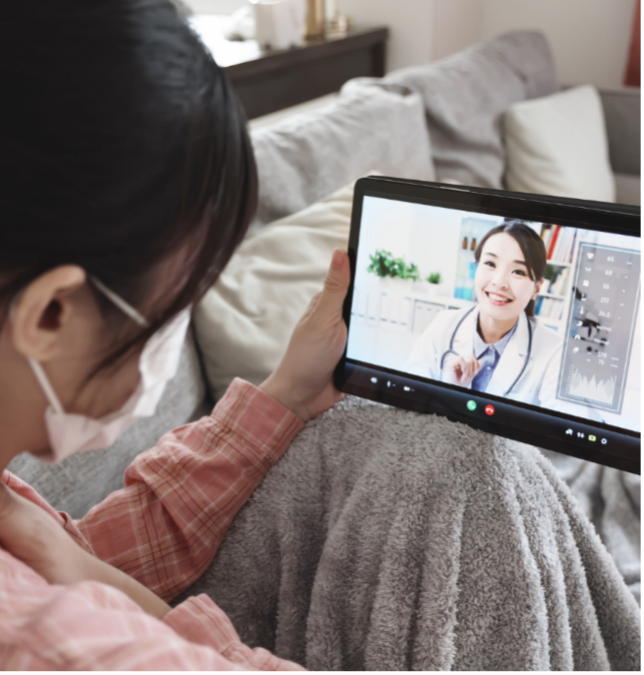Nearly a quarter of adults in the U.S. don’t have broadband at home, network speeds are insufficient for video calls in much of rural America, and 15% struggle to pay for internet. It’s a persistent issue that threatens to hamper the lofty promises made by telehealth startups and policymakers — that virtual care can chip away at long-running inequities in health care, especially those that impact low-income, rural, and Black and Hispanic patients, who are also less likely to have broadband. And while the value and effectiveness of telehealth is still being determined, it’s clear that the gaping disparities in access to health care will only grow wider if the problem isn’t fixed. Read the Full Article.
Home / Community / As internet access limits telehealth’s reach, insurers are starting to cover the bill
Recent Posts
- To Heal Skin, Scientists Invent Living Bioelectronics.
- Register for Children’s Specialized Hospital Distinguished Lecture on 8/14
- Researchers Shed Light on Cause of ‘Happy Hypoxia’ in COVID-19 Patients.
- Upending Conventional Wisdom, Cannabis Use Doesn’t Hinder PTSD Therapy.
- Many Firearm Owners Can’t Recognize When a Cable Lock Is Properly Installed.
Categories
- Community (1,944)
- Covid (971)
- CTO Events (1)
- News (2,488)
- Pilots (20)

